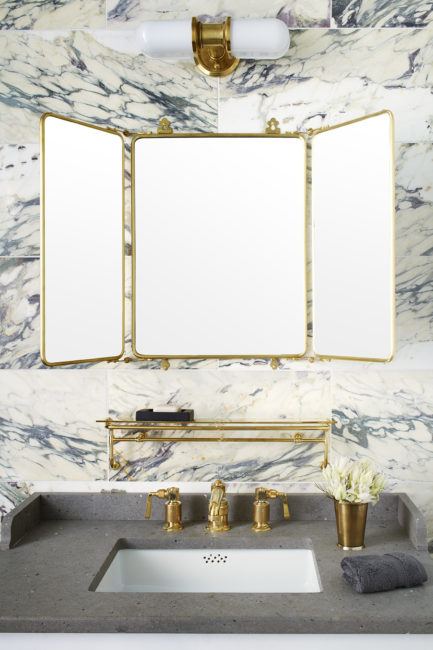At Waterworks, we absolutely love stone. It has a remarkable history that is around 4.6 billion years old, reflecting that its formation is extremely complicated. As the earth was formed, secrets were disguised in multiple layers beneath the surface. When man discovered these hidden gems, quite by accident, he wanted to extract them from gigantic mountains and large mounds. Of course, he had to construct tools and corral thousands of men with their raw strength to haul huge blocks from the site. The early use of levers and fulcrums helped ease the job.
What emerged were amazing durable materials with extraordinary surface markings. These materials were used to create the earliest extant cities of Pompeii, Herculaneum, Ephuseus and Paestum. There are incredible carved columns and large cornices, public baths, streets paved with stone and the remains of early housing. All of this was carved from stone excavated from nearby quarries.
The magic of stone is that every piece, large or small, is unlike any other, either subtly or obviously. The density and porosity are different, as is the texture. The materials, as is obvious from these ancient cities created around 79 AD, are enduring; while soft and silky to the touch they have great strength. We know that stone is a favorite of architects and designers. They treasure its beauty, the surface markings and its purity.
In my attempt to promote the elegance and sophistication of stone other than white, I am sharing images of active and colorful stone with strong directional markings. From subtle to active, white to black, stone gives a room dignity and sophistication. It is always a timeless choice.














